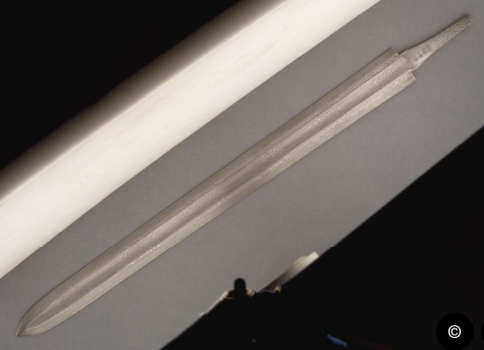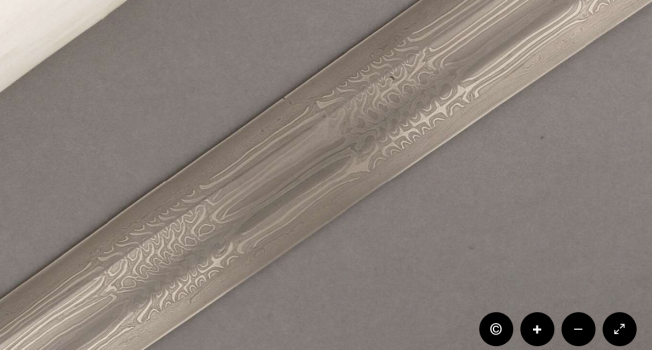Chris Railey
Well-Known Member
Have you seen the sword Abbott built on a recent episode where the judges challenge each other to build something. He built a historic sword that was so technical I could not believe he got it on the first try. I have not seen such a technical build since Kevin Cashen and his friend built that Ulfberht sword for the History Chanel. Like the show or hate it that episode is worth checking out for Abbott's build alone. You can see pictures here. https://m.facebook.com/photo.php?fbid=2953266051621962&id=1692747071007206&set=pb.1692747071007206.-2207520000..&refid=13&__tn__=+>
Last edited:


